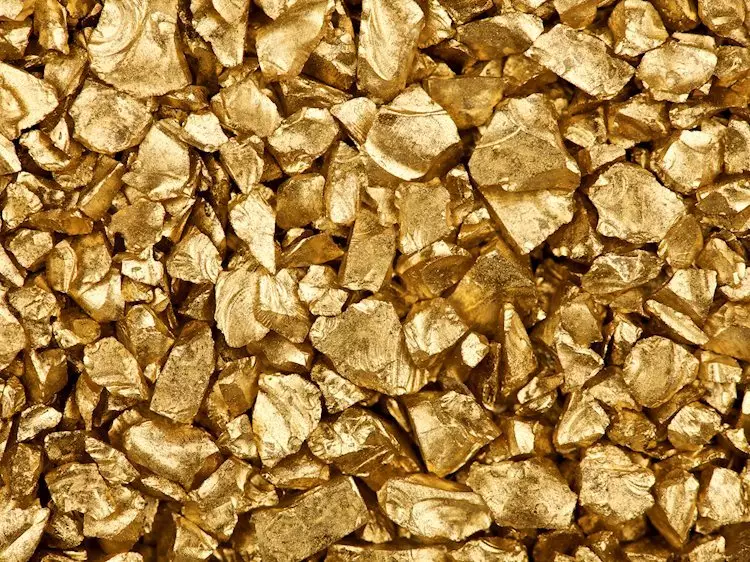The recent US PCE report has caused a stir in the financial markets, particularly in relation to the Federal Reserve’s policy on interest rates. There is now an increased likelihood of a rate cut in September, with traders betting heavily on a 25 basis point reduction. This cautious approach by the Fed has led to uncertainty among investors, as they try to gauge the impact of such a move on various asset classes, including gold.
According to the CME FedWatch Tool, traders are currently favoring a 25 bps rate cut over a 50 bps reduction, with odds at 69% and 31% respectively. This shift in market sentiment reflects concerns about the overall economic outlook and the need for additional stimulus measures. The December 2024 CBOT fed funds future rates contract also signals that investors are anticipating significant easing from the Fed this year, with expectations of 97 basis points.
The US core PCE reading for July showed a 2.6% year-over-year increase in prices, slightly below expectations. While consumer spending has risen, income growth remains sluggish, raising questions about the sustainability of current spending levels. The University of Michigan’s Consumer Sentiment index also saw a slight uptick from July to August, but inflation expectations for the short term have dipped slightly.
Despite falling below the $2,500 mark, gold prices remain relatively resilient, with an upward bias. However, a ‘bearish engulfing’ chart pattern is looming, suggesting a potential reversal in the near term. The Relative Strength Index (RSI) indicates that sellers are currently in control, although mixed readings suggest some uncertainty. A daily close below $2,500 could trigger further downside, with key support levels at $2,470 and $2,431.
Gold has historically served as a store of value and medium of exchange, and it continues to be viewed as a safe-haven asset in times of uncertainty. Its intrinsic value and limited supply make it an attractive investment during turbulent periods. Central banks, including those from emerging economies like China, India, and Turkey, have been increasing their gold reserves to bolster their currency and economy. The inverse correlation between gold and assets like the US Dollar and treasuries further solidifies its status as a hedge against inflation and depreciating currencies.
Various factors can impact the price of gold, including geopolitical instability, economic recessions, and changes in interest rates. The asset’s yield-less nature means that it tends to rise when interest rates are low, and fall when rates are high. Additionally, its pricing in US Dollars means that fluctuations in the value of the dollar can have a significant impact on gold prices. A strong dollar can suppress gold prices, while a weaker dollar can lead to higher gold prices.
The US PCE report and the Federal Reserve’s policy decisions will continue to play a crucial role in shaping the direction of gold prices in the coming months. Investors will need to closely monitor economic data, market sentiment, and geopolitical developments to make informed decisions about their gold investments.

